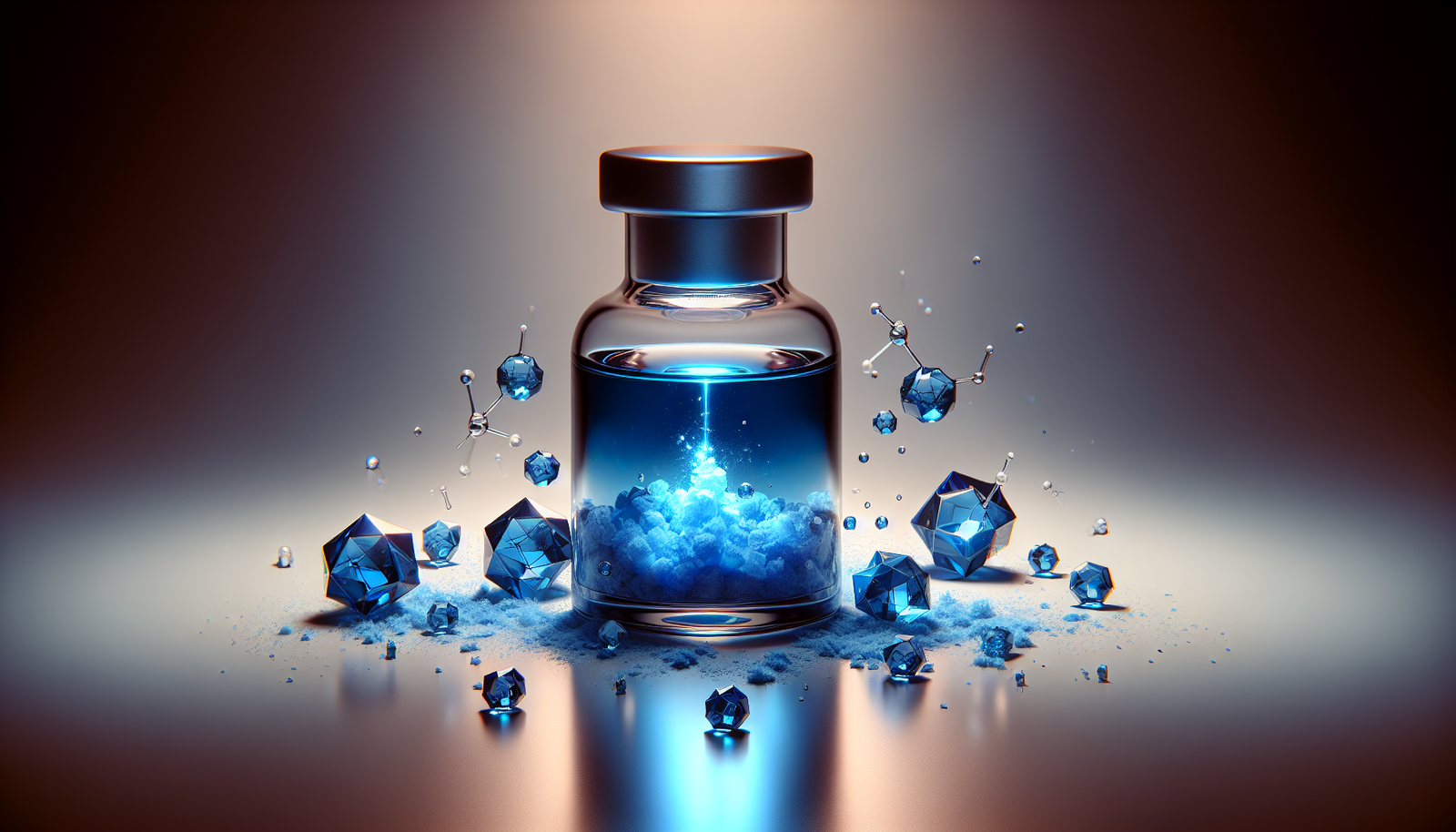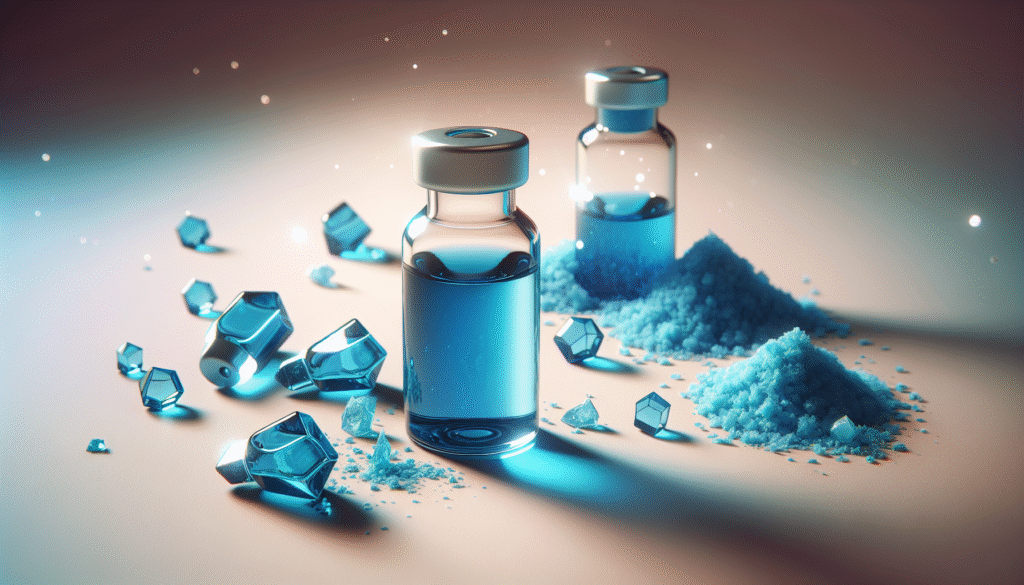
What do you know about Methylene Blue? It’s a compound that has garnered attention for its various applications, from medical to scientific research, and even for potential wellness benefits. Understanding the properties, applications, and considerations of Methylene Blue is pertinent whether you are a healthcare professional, an academic researcher, or simply someone intrigued by its potential.

What is Methylene Blue?
Methylene Blue (MB) is an organic compound with the formula C16H18N3SCl. It appears as a blue powder or crystalline substance and has been utilized for various purposes since its discovery in the 19th century. Initially synthesized as a dye, its significance has evolved over the years to include medical and scientific applications.
Methylene Blue has unique properties, such as its ability to act as a redox agent, which means it can both accept and donate electrons. This characteristic plays a vital role in its diverse functionalities. It is important for you to comprehend its multifaceted nature, as this can impact decisions regarding its purchase and intended use.
Historical Context
Methylene Blue was first introduced in 1876 as a synthetic dye for textiles. However, its potential was soon recognized in biochemistry and medicine. By the early 20th century, it was used as a treatment for malaria and later found applications in various other medical conditions, such as methemoglobinemia. This journey unveils a historical significance that shapes how you view Methylene Blue today.
Applications in Medicine
Methylene Blue has been utilized in medical practice primarily for its role in diagnosing and treating specific conditions. Here are a few notable applications:
1. Treatment of Methemoglobinemia
Methemoglobinemia is a condition wherein hemoglobin, the protein responsible for oxygen transport in the blood, is altered to methemoglobin, leading to reduced oxygen delivery to tissues. Methylene Blue acts as a reducing agent that converts methemoglobin back to its functional form, hemoglobin.
2. Antimicrobial Properties
Research indicates that Methylene Blue possesses antimicrobial qualities, making it useful in treating infections. It may be effective against some gram-positive and gram-negative bacteria, as well as certain viruses and fungi.
3. Potential in Alzheimer’s Disease
Studies have explored the neuroprotective effects of Methylene Blue in neurodegenerative diseases like Alzheimer’s. Preliminary research suggests that it may enhance mitochondrial function and reduce oxidative stress, which could have implications for cognitive health.
Laboratory Uses
In laboratory settings, Methylene Blue serves various roles, including as a biological stain and a redox indicator. Its staining properties are utilized to visualize cells and tissues in microscopy, contributing valuable insights into biological processes.
The Chemical Properties of Methylene Blue
Understanding the chemical properties of Methylene Blue is essential for anyone considering its use. Here are some characteristics that define its behavior:
Stability
Methylene Blue is generally stable under standard laboratory conditions. However, exposure to light can lead to photodegradation. As a prospective buyer or user, it’s crucial to understand proper storage conditions to maintain its efficacy.
Solubility
Methylene Blue is soluble in water, which makes it easy to prepare solutions for various applications. However, it is not soluble in organic solvents like ether, which can limit its usability in certain experimental setups.
Toxicity and Safety Measures
Though Methylene Blue is generally safe for prescribed use, high doses can have toxic effects. Symptoms may include skin irritation, gastrointestinal upset, and in severe cases, serotonin syndrome when combined with other serotonergic agents. Understanding these risks is paramount when considering Methylene Blue for any application.
How to Choose Methylene Blue: Quality Considerations
When purchasing Methylene Blue, several key considerations can guide your decision-making process. These factors directly affect its efficacy and safety in your intended applications.
Purity Levels
Quality varies significantly among suppliers, and the purity of Methylene Blue is one of the most critical aspects to consider. You should look for:
| Purity Level | Description |
|---|---|
| ≥ 98% | High purity, suitable for lab and medical use. |
| ≥ 95% | Good quality, often acceptable for some industrial applications. |